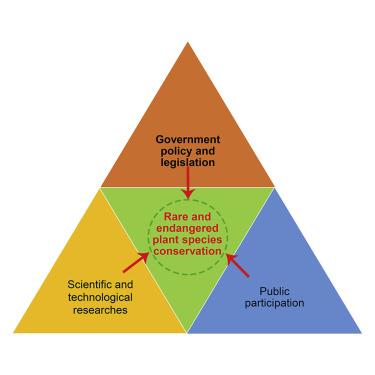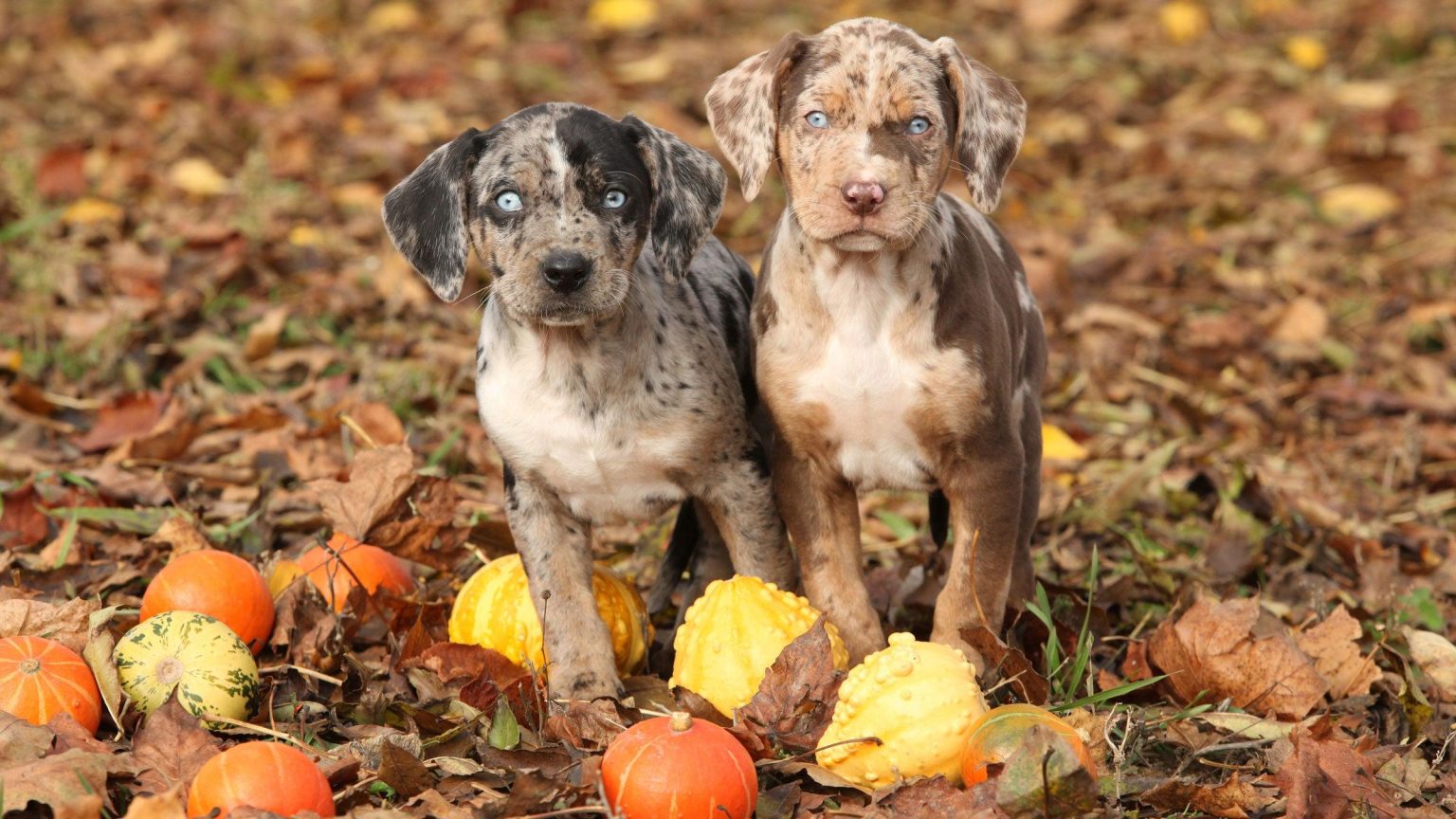In the quiet corners of our world lie extraordinary creatures that defy the conventional understanding of animal breeds. From the tufted ears of the American Curl cat to the strikingly patterned feathers of the Serama chicken, these rare and unique breeds capture our fascination and challenge our perceptions of domesticity and wildness. They offer a glimpse into the rich tapestry of animal husbandry, where tradition, culture, and the passion of breeders converge to create living legacies. As we embark on this journey through the world of rare and unique animal breeds, we will uncover their intriguing histories, distinctive characteristics, and the dedicated communities that work tirelessly to preserve their existence. This exploration not only celebrates the diversity of life on our planet but also invites us to reflect on the roles these remarkable animals play in our lives and ecosystems. Join us as we delve into this vibrant world, where every breed tells a story waiting to be discovered.
Table of Contents
- Understanding the Characteristics of Rare Animal Breeds
- The Importance of Conservation in Preserving Unique Species
- Connecting with Specialized Breeders and Enthusiasts
- Discovering the Ideal Environment for Unique Animal Care
- The Conclusion
Understanding the Characteristics of Rare Animal Breeds

Rare animal breeds often showcase a stunning variety of traits that distinguish them from more common counterparts. These breeds frequently exhibit unique physical characteristics, such as distinctive coat patterns, unusual colors, or specialized body shapes that cater to specific environments. For instance, many rare breeds carry genetic traits that enable them to thrive in harsh climates or rugged landscapes, contributing to their survival in the face of modern agricultural practices. Additionally, the behaviors and temperaments of these breeds can be quite different; many have retained primitive instincts that offer a glimpse into their ancestral heritage.
Understanding the ecological and cultural significance of rare breeds enhances our appreciation for biodiversity. Breeds such as the Przewalski’s Horse and the Black Angus cattle not only showcase unique physical traits but also play roles in maintaining balanced ecosystems. Breeders often promote conservation efforts through sustainable breeding practices, which also highlight the importance of preserving traditional knowledge and local cultures. Here are some characteristics that often define rare breeds:
- Genetic Diversity: Rare breeds maintain a wider genetic pool than their commercial counterparts.
- Adaptation: Many have adapted to specific geographic locations or climates.
- Cultural Relevance: They are often intertwined with local traditions and histories.
The Importance of Conservation in Preserving Unique Species

Conservation plays a vital role in ensuring that unique species, which add diversity to our planet, are protected from extinction. These species often hold intrinsic value and have adapted to specific ecosystems over millennia. Without conservation efforts, many of these exquisite animals could vanish, leading to a significant loss in biodiversity. The richness of life on Earth depends on its myriad forms; each unique breed, from the strikingly beautiful Amur leopard to the majestic white rhino, brings its own set of characteristics and ecosystem functions. By prioritizing conservation, we not only safeguard these unique species but also maintain the delicate balance of our environments.
Effective conservation strategies involve dedicated efforts to rehabilitate habitats, conduct breeding programs, and implement legal protections. Some key elements of successful conservation initiatives include:
- Habitat Restoration: Reviving ecosystems to support species alongside their natural behaviors.
- Community Involvement: Engaging local communities in conservation efforts to foster stewardship and shared responsibility.
- Research and Education: Promoting awareness and understanding of the importance of preserving unique breeds.
Ultimately, the preservation of unique animal breeds is not merely about keeping them alive; it is about maintaining the interconnected web of life that sustains us all. In this interconnected world, the loss of even a single species can have cascading effects on the environment, food webs, and human communities. Thus, conservation serves as a bridge between species and our future, ensuring that these integral parts of our world’s tapestry are protected for generations to come.
Connecting with Specialized Breeders and Enthusiasts
Finding a rare or unique animal breed begins with connecting to specialized breeders and enthusiasts who possess a wealth of knowledge and experience. These individuals often cultivate deep bonds with their animals and are passionate about preserving the distinct characteristics that make each breed unique. Engaging with them can open doors to invaluable insights—from specific care tips to understanding breed histories and traits. It’s essential to seek out individuals or organizations that emphasize ethical breeding practices and contribute positively to the animal community.
To further equip yourself with connections in this niche world, consider participating in breed-specific events or joining online forums. These platforms often present opportunities to engage with other enthusiasts and breeders who share your interests. Here are some methods to connect effectively:
- Attend local or national breed shows and fairs.
- Engage in social media groups dedicated to specialized breeds.
- Join clubs or organizations that celebrate rare animals.
- Participate in online webinars or workshops hosted by experts.
| Breed | Specialty Breeder | Contact Method |
|---|---|---|
| Axolotl | Rare Water Creatures | |
| Sokoke Cat | Sokoke Sanctuary | Website |
| Gooty Sapphire Ornamental | Exotic Spider Breeders | Social Media |
Discovering the Ideal Environment for Unique Animal Care
Creating the right atmosphere for the care of rare and unique animal breeds is crucial for their health and well-being. These creatures thrive in environments meticulously tailored to their specific needs, ensuring they can flourish both physically and emotionally. Essential elements to consider when crafting this environment include:
- Space: Ample room for exercise and exploration is vital.
- Climate Control: A comfortable temperature range suited to the breed.
- Social Structure: Opportunities for interaction, whether with their human caretakers or other animals.
- Natural Elements: Incorporating plants and natural materials can stimulate their instincts.
Furthermore, the type of habitat these unique breeds inhabit plays a significant role in their overall development. For instance, some rare species benefit immensely from enriched environments that mimic their natural settings. Strategies to enhance these habitats include:
- Interactive Enrichment: Toys and puzzles that challenge their intellect.
- Varied Diet: Offering a diverse range of food options for optimal nutrition.
- Retreat Spaces: Safe hiding spots and shelters to reduce stress.
It is essential to regularly evaluate and adapt these environments to cater to changing needs, fostering a deeper bond between caretakers and these extraordinary animals.
The Conclusion
As we conclude our exploration into the captivating world of rare and unique animal breeds, we find ourselves at the intersection of biodiversity and the intricate tapestry of nature. Each breed, with its distinctive traits and history, tells a story that transcends generations, revealing the deep connections between humans and the animal kingdom. From the enigmatic Shikoku dog of Japan to the strikingly beautiful Azawakh of West Africa, these breeds represent more than just peculiarities; they embody the legacies of cultural significance, selective breeding practices, and conservation efforts.
In our quest to understand and appreciate these rare creatures, we are reminded of the importance of preserving genetic diversity and protecting the environments that foster such extraordinary life forms. As stewards of the Earth, it is our responsibility to ensure that future generations can also marvel at these unique animals, learning from the resilience and adaptability they display.
As we close this chapter of our journey, let us celebrate the diversity of life that graces our planet and remain curious about the roles that these rare breeds play in our ecosystems and cultures. Exploring the world of rare and unique animal breeds is not just about observation; it is an invitation to engage with the complexities of nature and our place within it. May we continue to seek knowledge, nurture appreciation, and advocate for the protection of all living beings that share our world.



